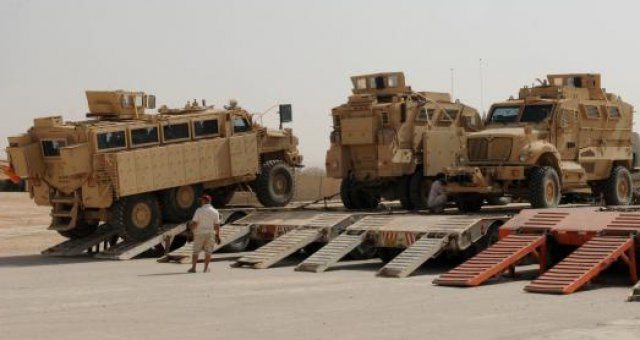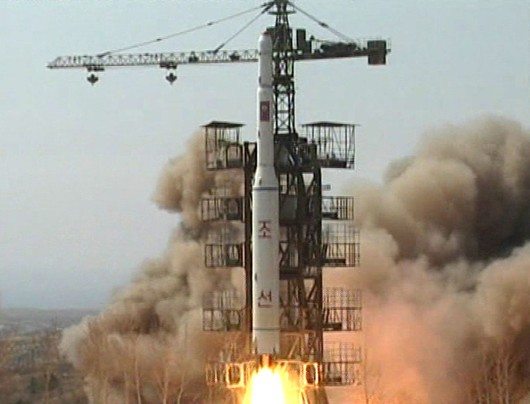The mine-resistant, ambush-protected vehicle has a future in the Army, said service officials, though it won’t be part of an “MRAP brigade.”
MRAPs will be used for training Soldiers and for conducting route clearance. The vehicles will also be prepositioned for use when needed.
The Army has more than 20,000 MRAPs in a tactical wheeled vehicle fleet of more than 270,000 vehicles.
“That’s a very small percentage,” said Col. Mark Barbosa, the division chief for Force Development logistics, Army G-8.
With so few MRAPs in the Army’s fleet, there are no plans to build MRAP brigades, but instead the MRAPs will be prepositioned in “contingency sets,” Barbosa said, ready for Soldiers that need them for missions. Other MRAPs will be used as part of predeployment training sets and for specific missions as well.
Now, Barbosa said, the majority of the Army’s MRAPs are still in Afghanistan, though some are leaving Kuwait and going back to the United States to depots such as Red River Army Depot, Texas or Letterkenny Army Depot, Pa. There they are reset, and receive the performance enhancements that were developed for later models.
JLTV and HUMVEE
Barbosa said that in the most extreme environments, the Humvee has “really met its match and it is about maxed out.” The Joint Light Tactical Vehicle will slowly displace the Humvee, because it has the protection the Army is looking for.
“The major modernization effort for the Army when it comes to tactical wheeled vehicles is with the JLTV,” Barbosa said.
Still, Maj. Gen. Tony Cucolo, director of force development for the Army deputy chief of staff, G-8, said there continues to be a role for the Humvee in the Army, in particular with disaster response. But it’s “no longer feasible” for use in combat, he said.
ARMOR
Barbosa said the Army needs to “focus on the very latest when it comes to armor” for tactical wheeled vehicles. The Army budget includes money to explore “the art of the possible” with armor, but he said the Army won’t buy everything at once. Instead, he said, the Army will buy armor on a continual basis, to keep up with the latest of what is available.
Today’s armor is “adequate,” he said, but “we know tomorrow somebody is going to come out and find something that can defeat that and we want to know what the latest technology is, so that when we need to employ it quickly, we have the very best out there.”











